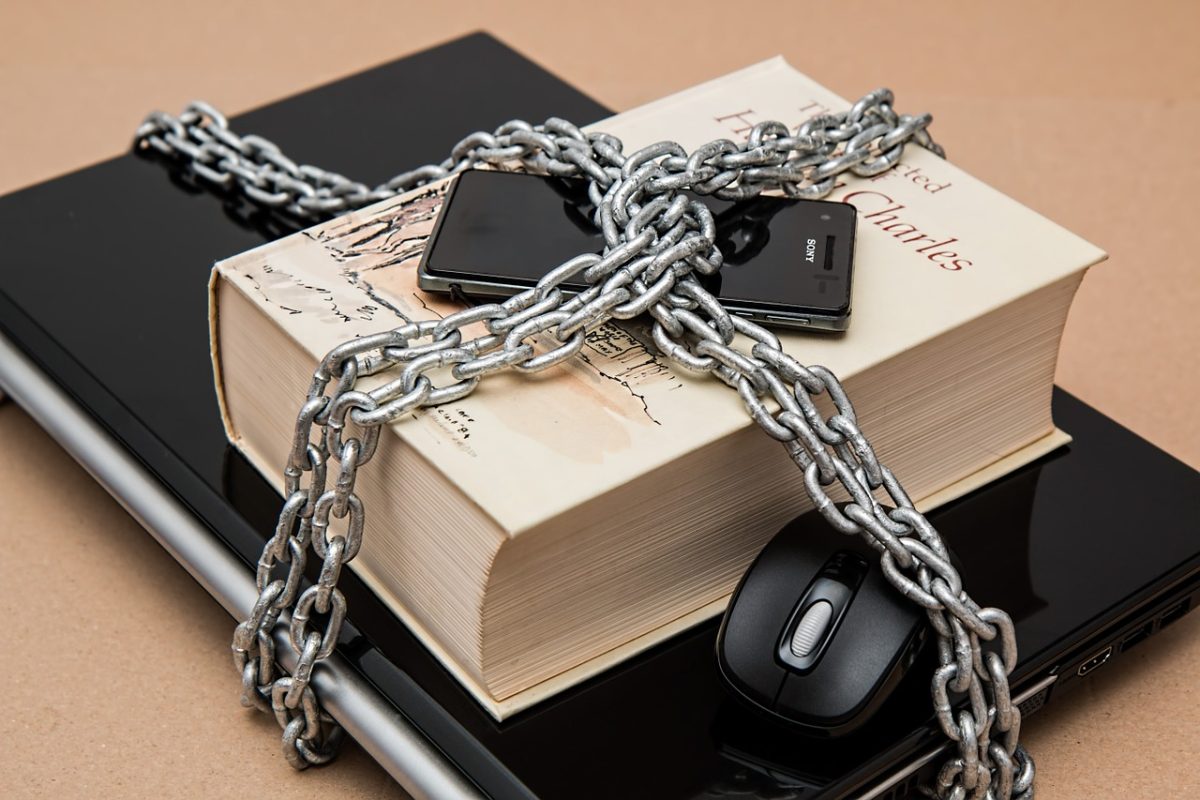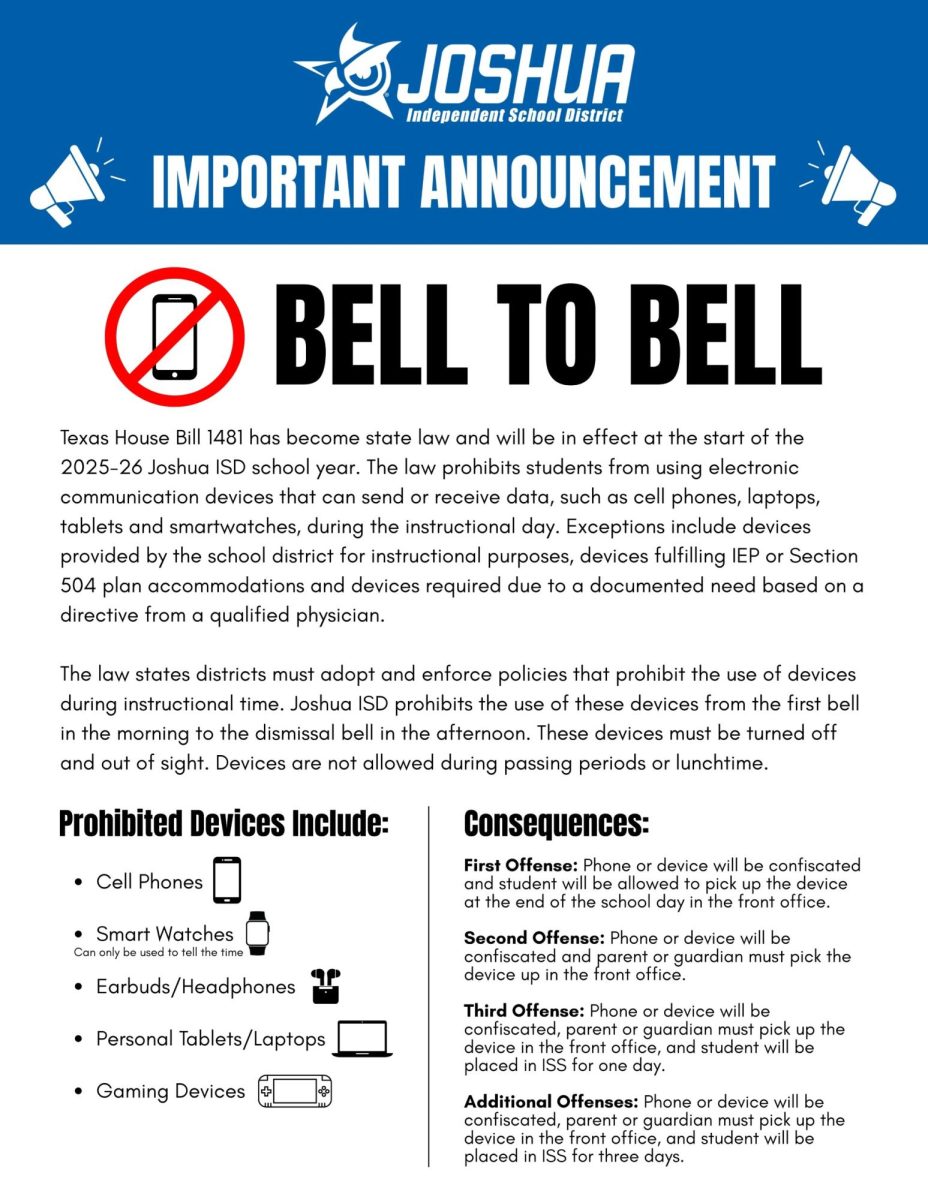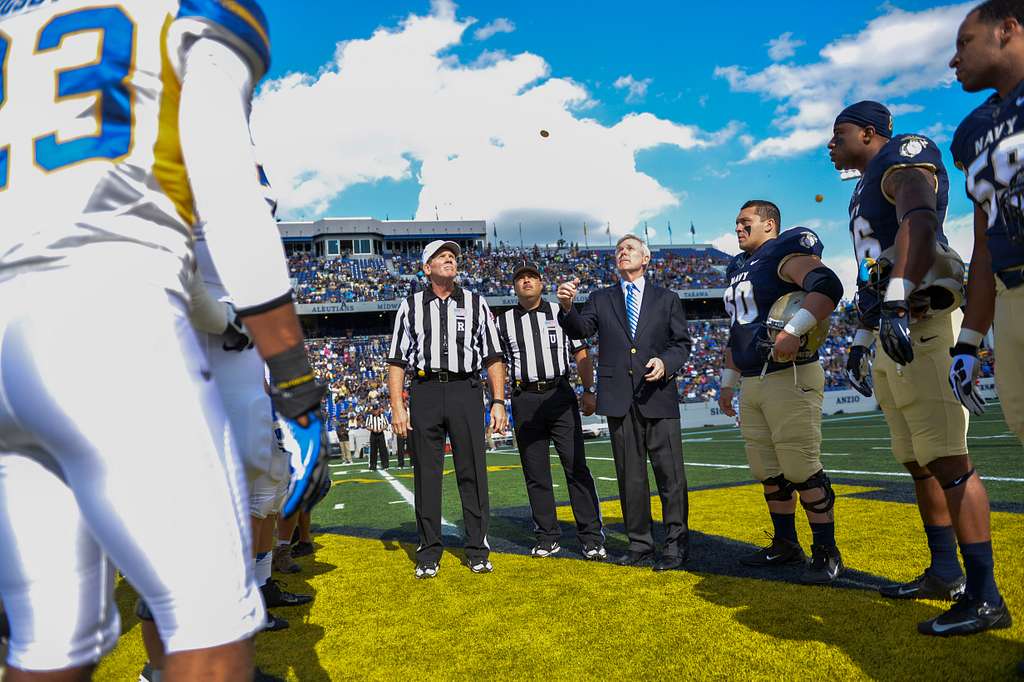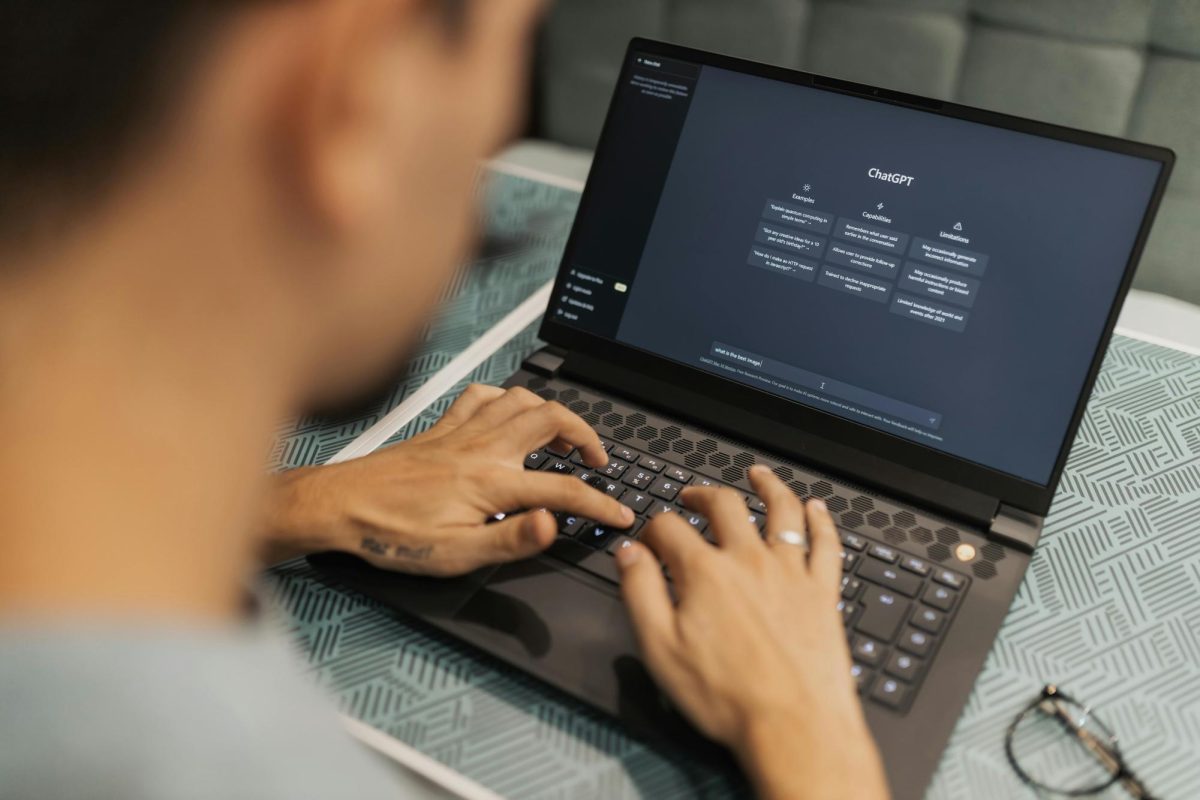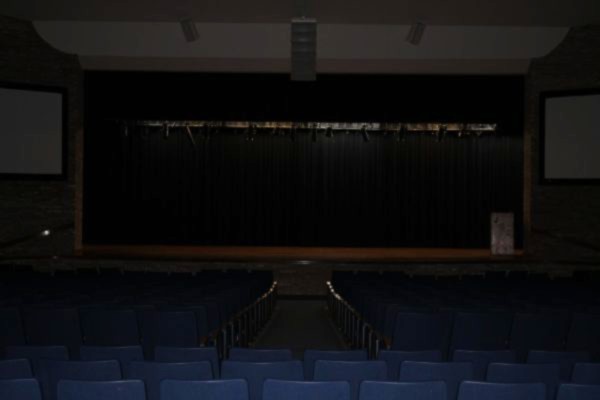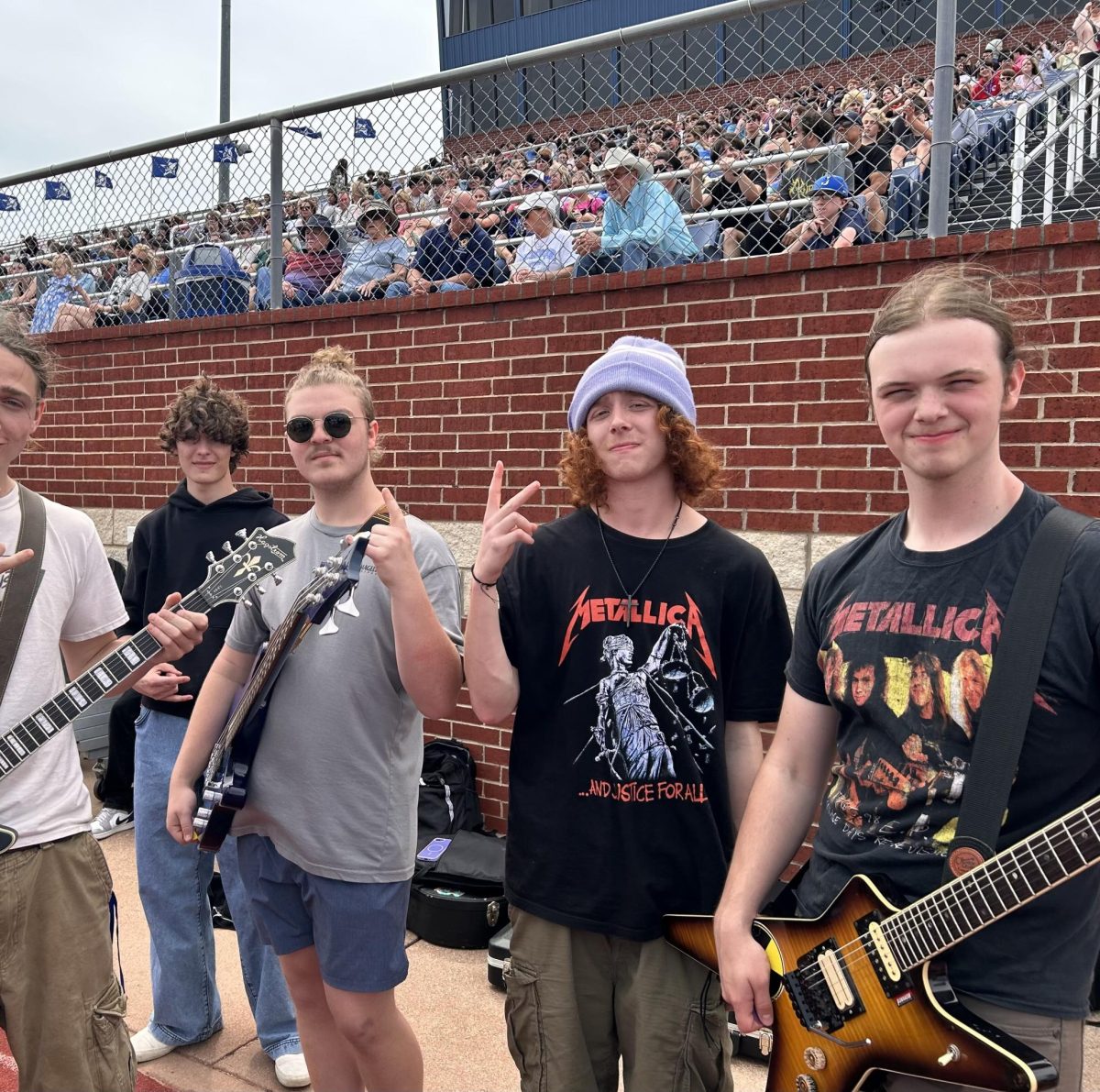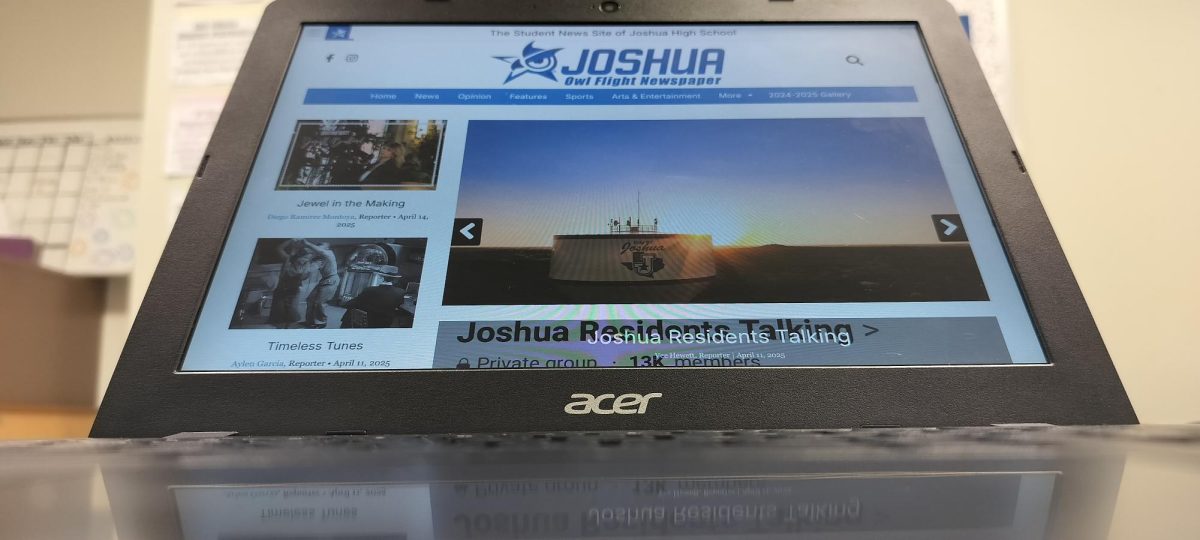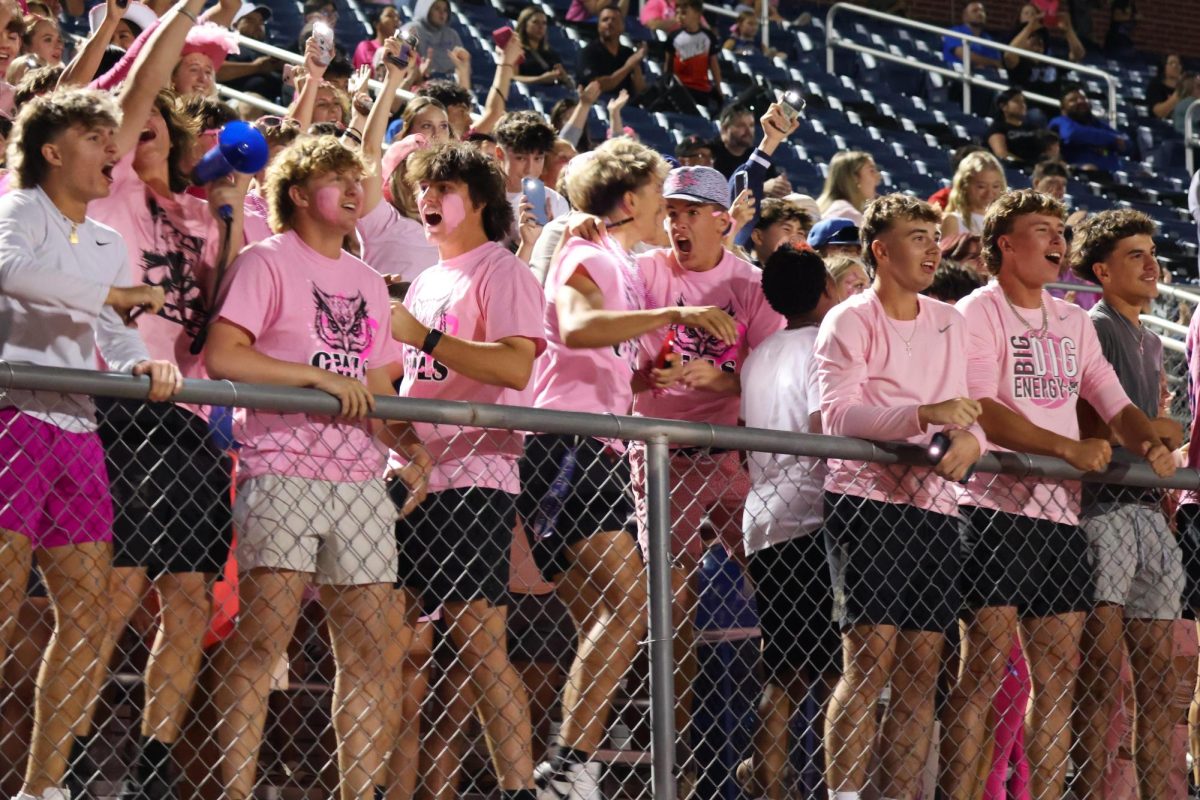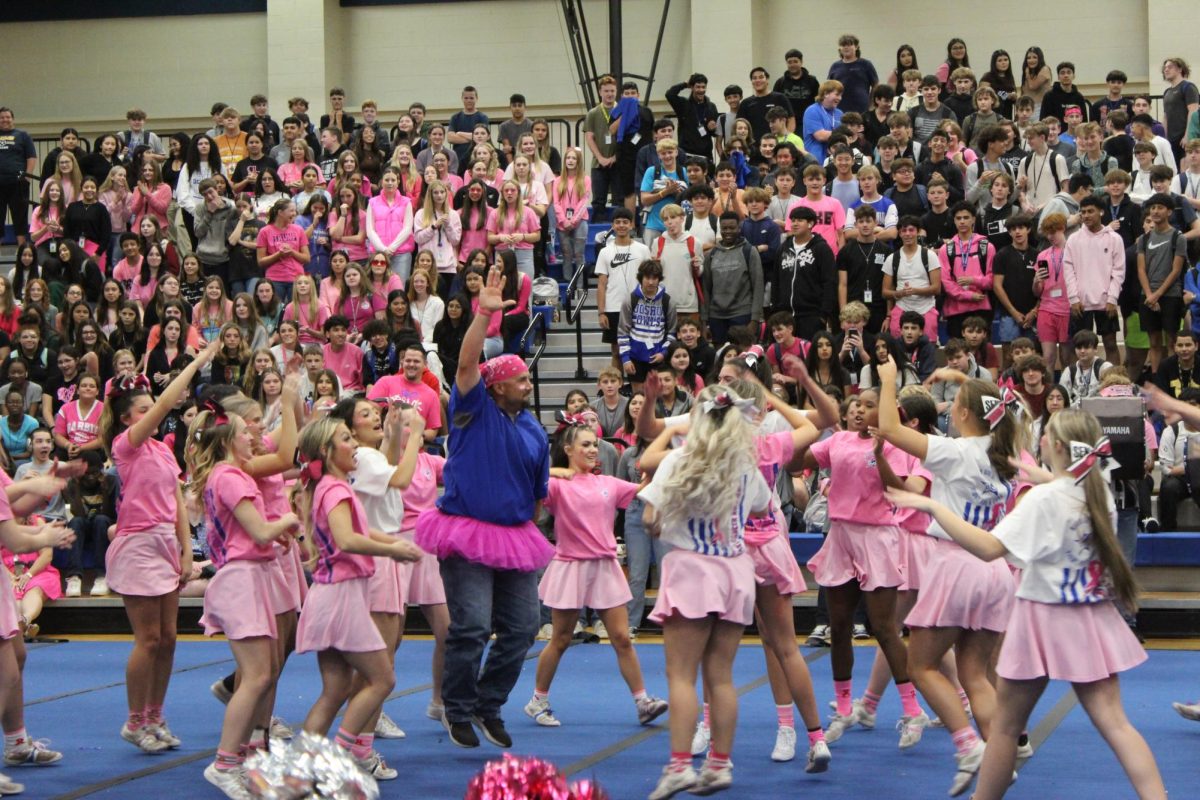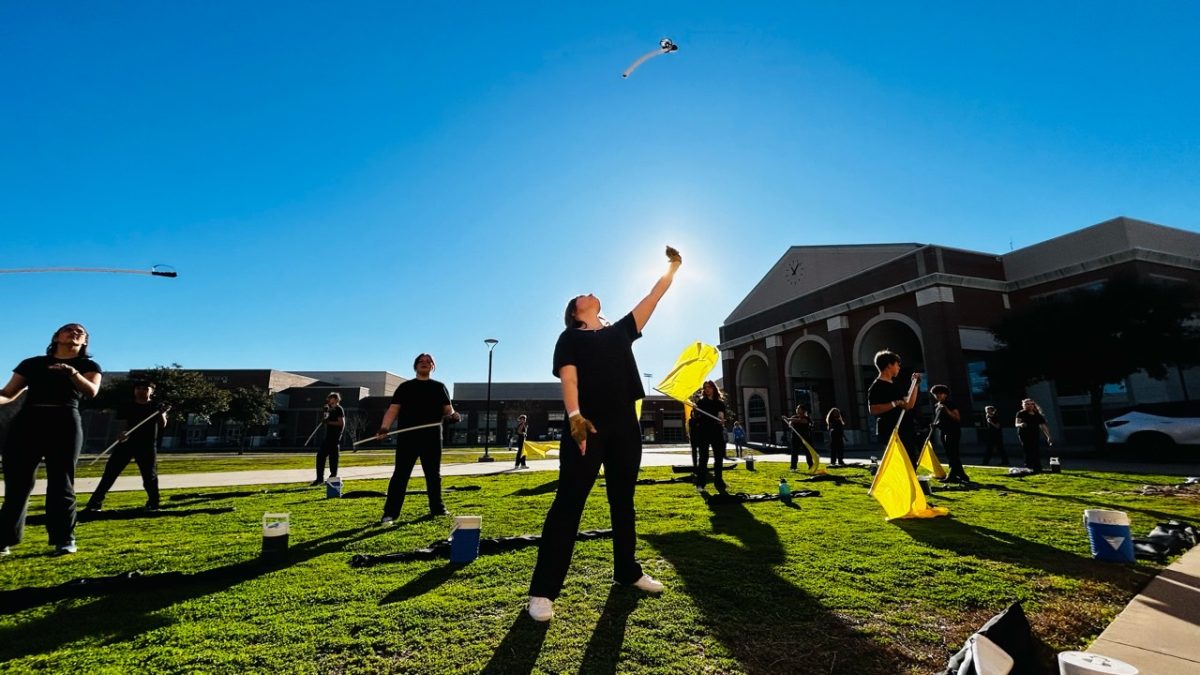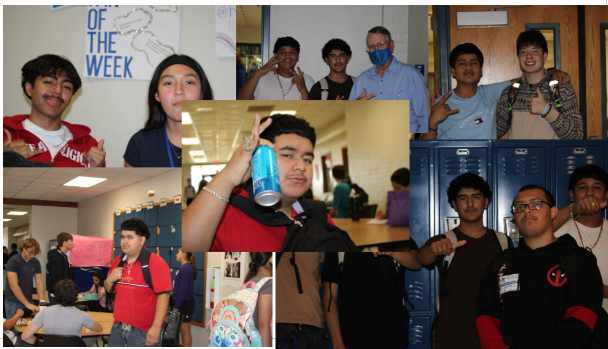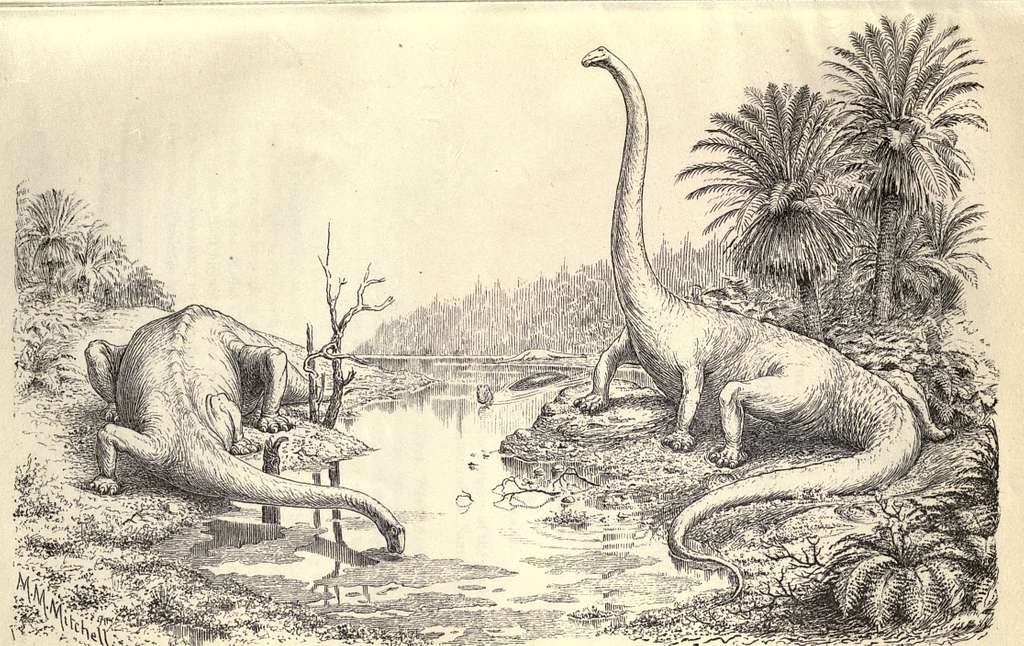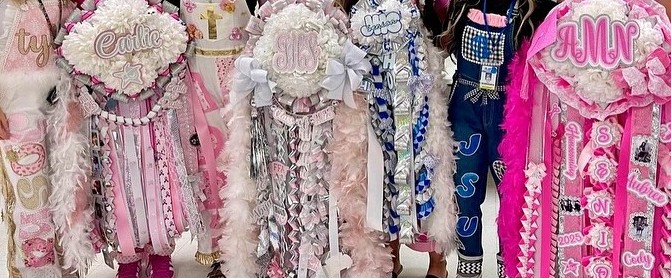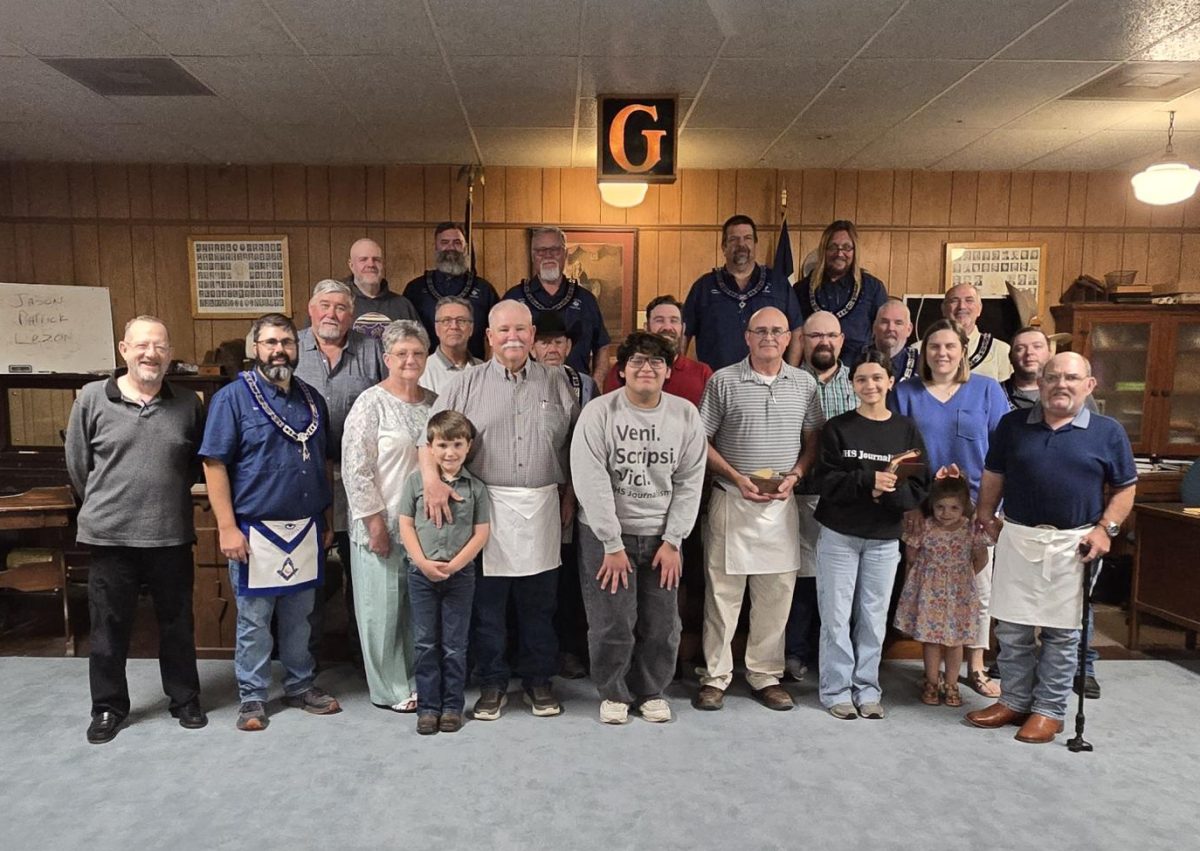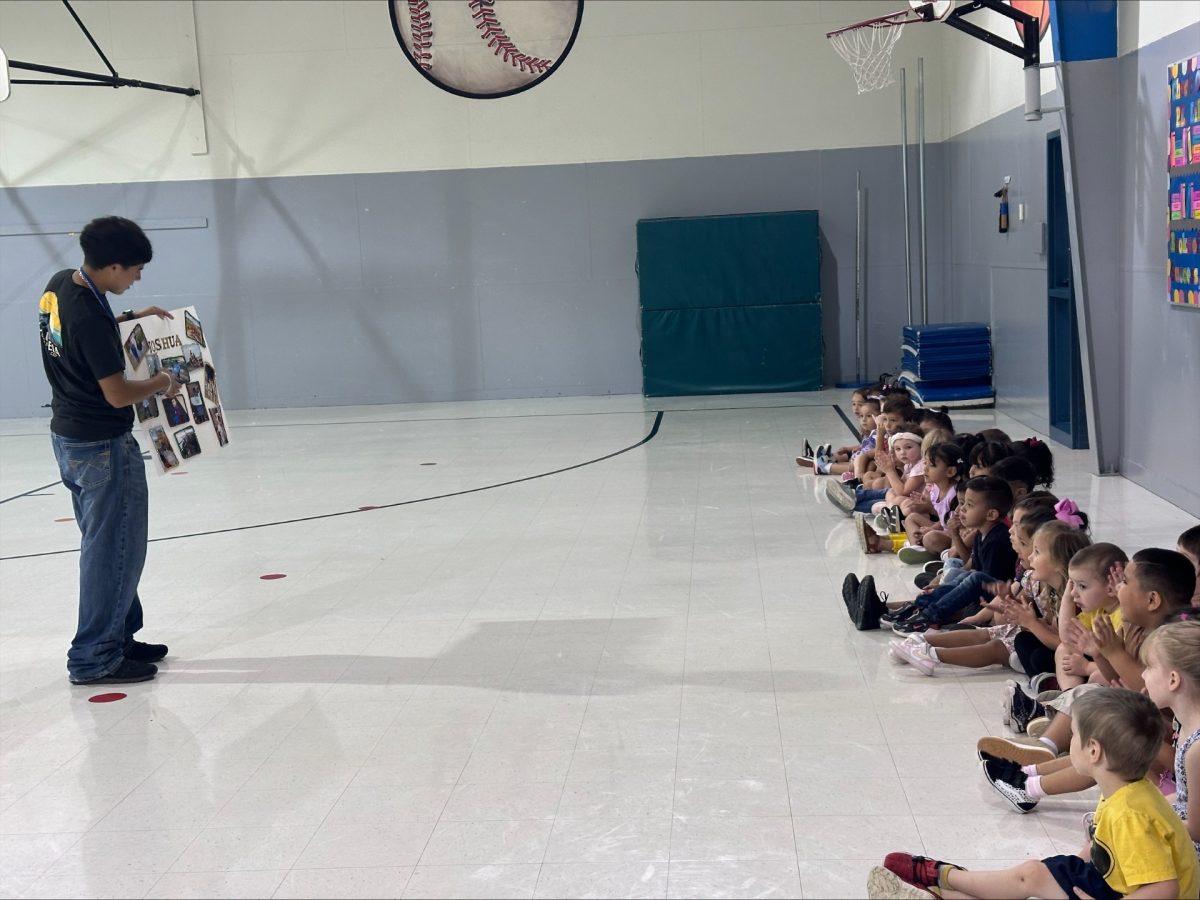The Peers Assistance and Leadership (PALs) program is one of the most immersive programs for high school students. This program is amazing for people who want a career dealing with children (teacher, pediatrician, etc.) and gives them great practice. In the PALs program, each student is assigned an elementary school and an elementary class. While in the class, the PAL helps the kiddos learn, have fun and enjoy their class time. The program is open to juniors and seniors who have a driver’s license and individual form of transportation.
Mica Martin, who is in charge of everything PALs, is amazing at what she does and deeply cares for her students and the elementary students alike. Her main goal is to recruit students into the PALs program for the next school year. She does this mostly by talking to kids in her Teen Leadership classes.
“I talk about the program throughout the year in my Teen Leadership classes,” Martin said. “When I see kids who are particularly patient with others or exceptionally inclusive with other kids, I will point that behavior out and make a special point of discussing the PALs program with them.”
Every week, PALs travel to the elementary schools for their class period. However, on Fridays, they stay with Martin to write in their weekly journals.
“My PALs travel to their elementary schools every day except Fridays. I love Fridays because I get to talk to my kids about their week,” Martin said. “I love to hear about their successes in their elementary classrooms and celebrate their wins. But, my favorite part has to be hearing the funny things the little kids say. They have absolutely no filter and say whatever pops into their heads.”
Getting into the PALS program isn’t too hard. All it takes is being a good person, student, and friend. Students actually start getting observed for the PALs program before they even know it.
“I use my Teen Leadership classes as a year-long job application. I watch how students treat others, how they carry themselves, and how they handle adversity and responsibility, Martin said. “I also obtain evaluations from the prospective PAL’s current teachers to get a better picture of the student’s behavior.”
Being involved with the PALs program is not new to Martin. She cares so deeply for this program because she knows what it’s like to be a PAL.
“I was a PAL when I was a student at JHS,” Martin said. “I am still in contact with some of the kids who were in my elementary class at Elder, although it was still called Joshua Elementary School back then. I loved building relationships with the kids, and knew I could help new PALs do the same.”
Another very important part of the PALs program is the elementary teachers. Johnette Owens, a second grade teacher at North Joshua Elementary, is a prime example of a wonderful participant. PALs are supposed to provide help for the teachers, without being a teacher’s aide. They’re there for the students.
“Having another pair of hands to help with kids and projects is such a huge help and the kids so look forward to having the PAL come each day,” Owens said.
This is Owens’ first year with a PAL. She had an interest to see how helpful the program actually is.
“I requested to have a PAL,” Owens said. “I saw how wonderful they were to have from other teachers and decided I needed to get in on that.”
Owens teaches second grade. Little kids are always unpredictable and people never know if they’re going to be liked by or judged by the littles.
“They, WE, love having a PAL. They can’t wait for our PAL to get here each day,” Owens said. “High schoolers are so ‘cool’ to them.”
The students in the PALS program also help to make the program as amazing as it is today. Each year, there are different students who circulate around the elementary schools.
One of those students, an anonymous senior, is in the program this year.
“I wanted to be a PAL because I thoroughly enjoy watching children be able to learn new material and getting to create bonds with them,” the anonymous source said.
Every PAL has a different day-to-day experience with their Palee, though there is a basic pattern that they usually follow.
“When I’m at the elementary school I usually help them with reading mastery; because I’m a kindergarten PAL, I am helping these kids learn how to read and write,” the anonymous source said.
Kids are unpredictable and can easily change their emotions within seconds. Sometimes they’re difficult, and sometimes they’re perfect angels, but they require structure and fair consequences.
“I usually let them tell me what’s wrong and then offer them solutions,” Anonymous said. “For example, ‘If you do this paper for me then I will let you play with playdough.’”
Another one of those students, senior Allison Kuhn, chose to be a PAL because of her love of children and helping them grow and learn.
“I wanted to become a PAL because I really enjoy spending time around children and helping them,” Kuhn said.
As mentioned earlier, every PAL has a different daily structure, but there’s still that basic pattern that they follow. This pattern typically includes helping the kids with lessons that they may be stuck on, or just helping a student understand something.
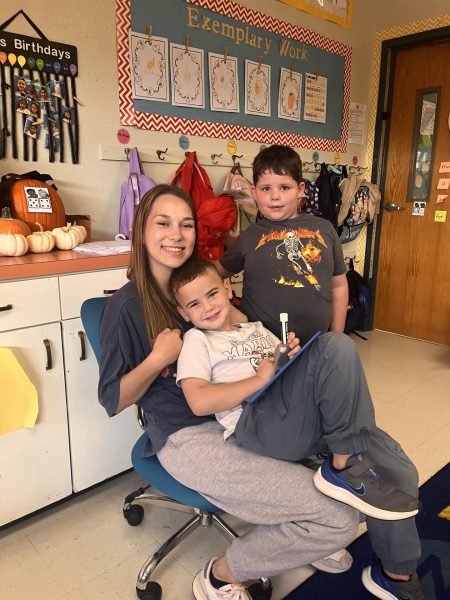
(Compliments of M. Martin)
“When I’m at my elementary school I take a couple kids out in the hallway at a time and help them learn their letters and numbers, ” Kuhn said.
Kuhn loves being a PAL and cares deeply about her elementary children; they can make the day better or just bring a different shine to someone’s eye.
“My favorite part about being a PAL is definitely the kids,” Kuhn said. “They are all great and really brighten your day if you’re having a bad one or if you’re having a good day they make it even better.”
Kuhn was previously a PAL, making this her second year being in the program.
“I was a PAL my junior year and I made a great decision coming back. I couldn’t imagine going the whole school year without seeing my kids,” Kuhn said. “It’s one of my favorite programs at JHS.”


